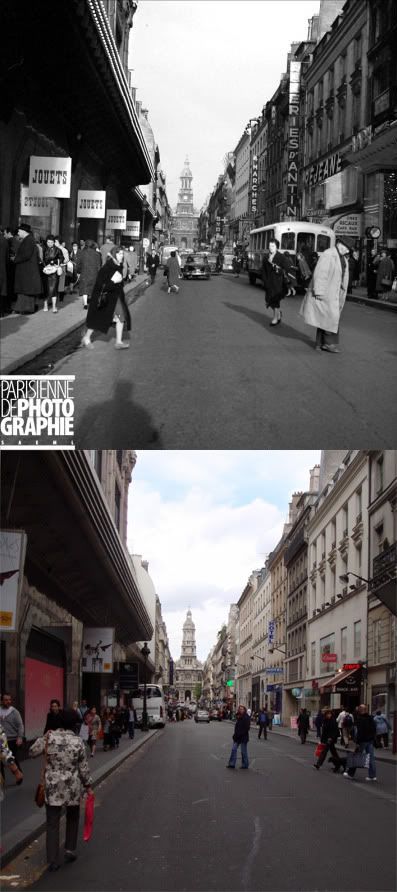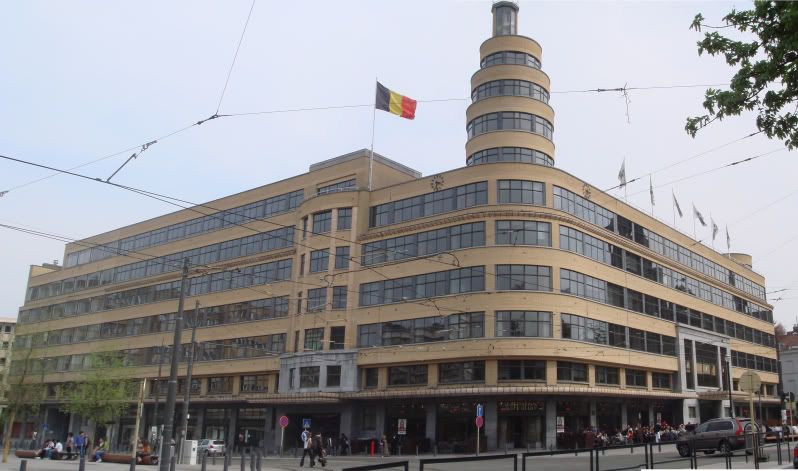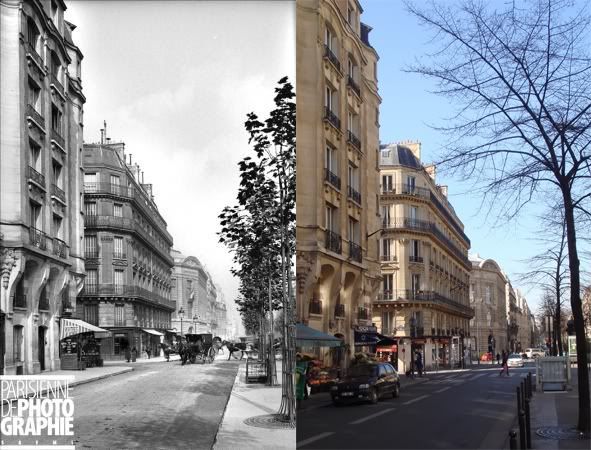
As one might expect, the growth of the European Union, and the partial consolidation of its functions in Brussels, profoundly altered parts of the city's built form. I'm not yet too sure what the area was before, but in the past few decades, the area directly east of Brussels' core has become known quite simply as the European District, home
to the European Commission, European Parliament and a host of related institutions. Naturally, the district is one of the world's largest government and office centers, if not the largest.

At first glance, the pure grid plan of the streets, as well as the uniform height of its office towers, is in many ways quite reminiscent of Washington D.C. Unfortunately, the EU quarter also shares some of the worst urban design problems confronted by American office ghettos. The district as a whole is rather lacking in street life, and feels profoundly separated physically and psychologically from the rest of the city.

Not that it doesn't have redeeming qualities. The area immediately to the west of Parliament is particularly nice during the day, home to the very pleasant Square de Meeus, as well as many cafes and restaurants that serve the thousands of European government employees from all over the continent. But again, thanks to an exclusively public sector work force, the shutters stay closed on evenings, weekends, and holidays.

Worst of all, its most important thoroughfare, the Rue de la Loi (Law Street), is surely one of the deadest urban streets to be found anywhere in the world, despite the fact that it runs on top of a major subway line. There are no street trees to shield the nonextistent pedestrians, nor the empty storefronts or the bleak, uninspiring buildings. Even cars seem to avoid the roadway. I don't even believe that planners could consciously create such an uninviting place even if they tried, and as much as I hate to say it, it's really nothing short of a major embarassment.
 19xx-2009
19xx-2009


















